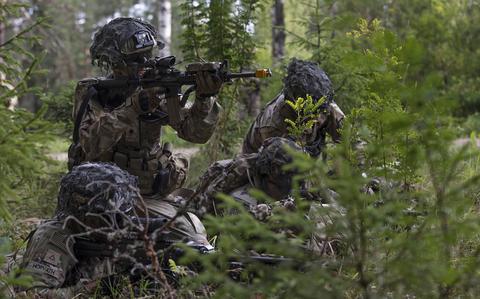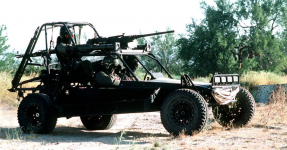I take issue with the Sea Transport part not being practical. Technically there were capabilities available that could address the movement issues. IMO nobody was willing to spend the money - and that applied to politicians both in and out of uniform.
I actually agree with what you say. The problem that Sea Lion showed was that the CAF had great problems in executing the actual process. Eventually they did get there but it was pretty much a boondoggle. There was a similar situation with the "Bungle in the Jungle" or "Great Lakes Fiasco" in 1997 when General Baril was sent off to the Congo to plan having 1 Cdn Div become the lead element for the humanitarian UN Op ASSURANCE. The op fell apart for many reasons but one of the major ones was that Baril concluded that Canada did not have the requisite command, control or logistics capability to do such a leadership mission.
Sometimes there is a big delta between what we should be able to do and what we actually can do. IMHO we're quite capable of sending heavy forces as an administrative move in peacetime but would have troubles with doing so where time is a factor.
I do agree that prepositioning would have resolved a lot of issues, just as they would in Latvia and elsewhere in the world. But, again, money and will. And closing off of options so that decisions don't have to be made. Rapid Response Forces would require big decisions to be made rapidly... and nobody wants that.
I don't see money as a problem. In fact I see a prepositioned force as one that can actually save money if you convert much of our higher end collective training to a single installation in Europe. The creation of the Selonia training area and the acquisition of the CC-330 makes flyover training quite practical. Think GATES and BATUS in reverse.
... But somebody somewhere had to stretch the envelope to the point that, instead of accepting the 80% solution, they ended up trying to squeeze 41 tonnes of stuff into a 20 tonne bag.
FTFY
Yeah. I basically agree. There are doctrinal limitations here and only time will tell how those will be addressed. In short, it provides light divisions with an additional resource to use. How they use it; how they manage the logistics involved with using it, waits to be seen.
It's kind of funny. I was looking back at some of the American MBTs over the years and came up with this - M41 Walker Bulldog - 76mm, 24 tonnes; M47 Patton - 90mm, 49 tonnes; M48 Patton - 45 tonnes, 90 and 105mm; M60 - 105mm, 46 tonnes.
The M10, weight wise, has crept into the area of what used to pass as an MBT. It's role is not to be an MBT but protected direct firepower for dismounted infantry.
IMHO, the turret causes it the most weight problem. The German concept of the Sturmgeschütz was to take an existing tank chassis, rip off the turret and replace it with a significantly larger gun to provide direct fire support for the dismounted infantry. Of course there is no existing tank chassis to build off - the M1 is much too heavy to be a contender. But if the M10 had been built without a turret one might be able to strip it of around 5-10 tonnes of weight.
We've gone quite far in beefing up the armour side of the speed v weight v firepower triangle in general. If you do not reduce one of the three then as armour creeps up the total mass is just bound to get heavier. The same problem for BAE's AMPV which is destined to replace the M113 in ABCTs. It clocks in at around 35 tonnes, depending on the variant, and the M113 which it will replace in ABCTs comes in at around 11 tonnes. GDLS Ajax comes in at 38 (I haven't been able to find an actual weight for the turretless Atlas but presume its a bit lighter) Between BAE and GDLS there isn't much difference in their armoured vehicles base weights. Interestingly, your favourite country, Sweden's, Stridsvagen 103 (the closest thing to a Sturmgeschütz) also came in at around 43 tonnes back in the 1960s.
Just for a giggle, the MGS came in at just over 20.
Edit: I had an afterthought. Maybe the problem is the "P" in MPF. Maybe what light infantry needs is just a better version of a 106mm recoilless rifle on a jeep.






